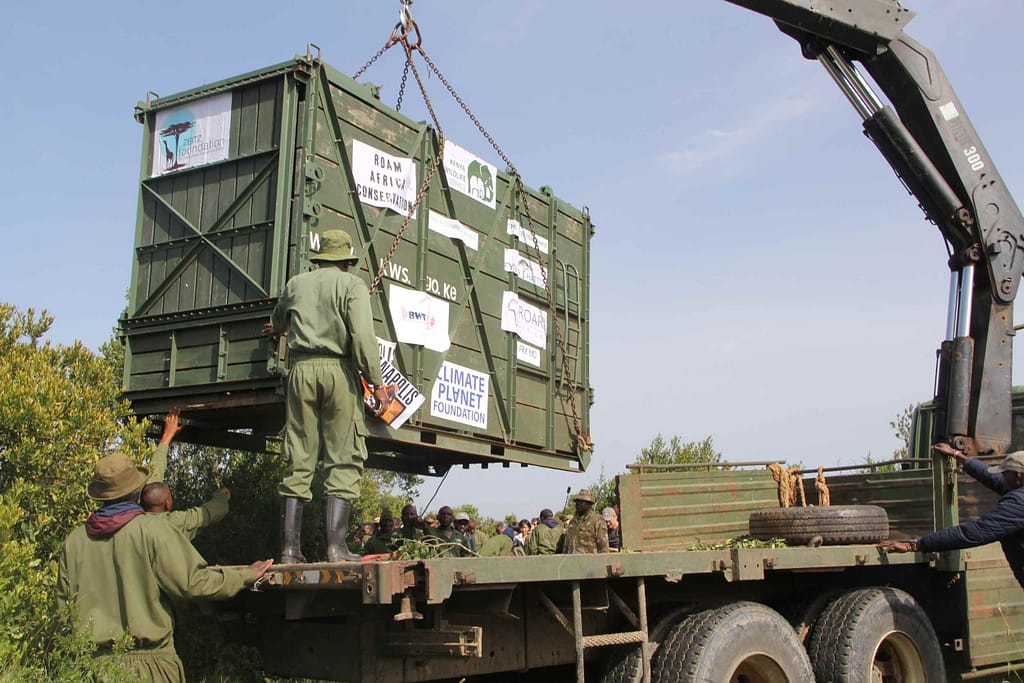By Elly Mugunda
Segera Conservancy in Laikipia County has become the latest sanctuary for the critically endangered eastern black rhino in the country after it received three of the 10 cows and 11 bulls set to be translocated there from the nearby Ol Pejeta Conservancy. Apart from Ol Pejeta, Lewa Conservancy and Nakuru will also contribute.
Laikipia County now has six eastern black rhino sanctuaries of the 18 across the country. These are Ol Pejeta, Ol Jogi, Borana, Loisaba, Segera and Il Ngwesi, which is a community managed conservancy. Ol Pejeta is the largest black rhino sanctuary in East Africa and home to the only two surviving northern white rhinos.
Wildlife translocations are usually driven by a need to create new breeding strongholds and return native species to locations where they have gone locally extinct. But the primary motivation in this case is the fact that Kenya’s 17 black rhino sanctuaries are running out of space, a sign of a remarkable turnaround in the country.

Four decades ago, black rhinos were on the brink of extinction in Kenya, with numbers down from around 20,000 in the 1970s to fewer than 300 in the mid-1980s. According to the last count, in December 2023, there are now an estimated 1,004 black rhinos, with the government aiming to have 2,000 by 2037.
Black rhinos (Diceros bicornis) are native to Eastern and Southern Africa. The IUCN, the global wildlife conservation authority, lists the species as critically endangered, with just 6,468 across the continent as of the end of 2022.
The country’s black rhino population has surpassed its national recovery target of 1,000 black rhinos, marking a 150% increase from around 400 in the 1980s according to the Kenya Wildlife Service (KWS). This achievement positions Kenya as a leader in black rhino conservation, behind South Africa and Namibia.

According to the IUCN’s African Rhino Specialist Group, at least 10,000 rhinos across Africa have been illegally killed over the last decade to feed the demand for rhino horn on the black market. Rhino horn is popular in China and other parts of Asia due to the false belief that it has medicinal properties.
Last weekend, senior KWS officials led by the Director General Prof Erustus Kanga accompanied by Tourism and Wildlife Cabinet Secretary Rebecca Miano witnessed the flagging off of the translocation where the first three rhinos from Ol Pejeta Conservancy were moved.
“Translocation relieves overcrowding in established sanctuaries where territorial conflicts cause 30 percent of rhino mortality. Secondly, it creates a new breeding nucleus that will significantly contribute to growing the rhino population to the goal of 2,000 black rhinos by 2037,” explained Prof Kanga during a media briefing.




